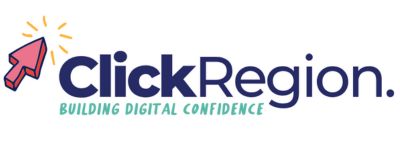Marketing & Commmunications
Online Communications
10 Topics
Marketing Essentials
16 Topics
Website
11 Topics
Social Media
22 Topics
Branding
12 Topics
Email Marketing & CRMs
9 Topics
Administration & Human Resources
Soft Skills Explained
3 Topics
Basic Computer & Phone Skills
28 Topics
General Business Info
5 Topics
Cyber Security & Privacy
10 Topics
Staff Management
8 Topics
Financial Management
Basic Finance
7 Topics
Funding & Grants
10 Topics
Taxation & Software
8 Topics
Operations & Production
Business Growth and Planning
6 Topics
Efficiencies and Resilience
3 Topics
Social Media Paid Advertising
There are 2 versions available for this topic. A ‘short version’ which summarises the contents steps (shown), and a ‘full version’ which goes through every step to take.
Both are available for download at the bottom of the page.
Download – Social Media Paid Advertising (Short Version)
Download – Social Media Paid Advertising (Long Version)
